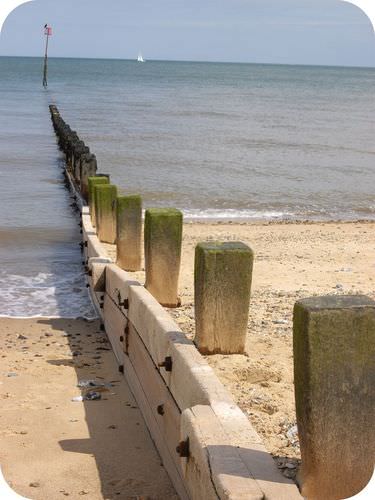The Definitive Guide for Shore Protect Team
Table of ContentsShore Protect Team for DummiesShore Protect Team Things To Know Before You Get ThisLittle Known Questions About Shore Protect Team.Shore Protect Team for BeginnersSome Known Incorrect Statements About Shore Protect Team The 30-Second Trick For Shore Protect Team
Living coastlines use natural products such as plants, sand, rock, or oyster coverings. Over time, living coastlines can become a lot more stable as plants and origin systems grow and develop.They typically provide minimal to no ecological advantages. Hardened coastlines often tend to weaken with time as a result of wear and tear from waves and storms, and they can sustain higher maintenance prices if they require substantial fixings. Factors to consider for what techniques to use to support a shoreline differ based upon particular conditions at the site, such as the amount of wave power, variant in low and high trends, and the slope of the shoreline.
The smart Trick of Shore Protect Team That Nobody is Talking About


Planting native vegetation like dune yard is a reliable technique to shoreline disintegration control. In locations where sand has actually currently been severely deteriorated, sand replenishment is a practical strategy for remediation.
Unknown Facts About Shore Protect Team
They limit the transportation of coastline debris by recording the longshore present and are constructed to safeguard lengthy stretches of land from disintegration. Debris that is washed down the coastline is collected on the updrift side of the structure. Breakwaters are frameworks constructed parallel to the shore that "break" waves, lowering the influence on the vulnerable debris of the coastline.
Made of rock and rubble, breakwaters are frequently immersed undersea yet in some cases can be seen from above. Generally made from hard products like rock, wood, and concrete, they shield versus tornado surges and are frequently made in emergencies due to the fact that of their performance and quick building.
About Shore Protect Team
Dunes are sand tanks that act as barriers versus wind and water to maintain coastlines undamaged. Flooding bags like TrapBag can be used to stabilize dunes and strengthen the environment of shorelines. Because sand is such a lightweight substance, it is conveniently blown or flushed away by wind and water.
International rising sea degrees position a hazard to sand dunes throughout the world, yet TrapBag can decrease erosion by reinforcing the dunes at their core and securing dunes from low-lying wind gusts. TrapBag can be utilized to produce seawalls and various other shoreline disintegration security frameworks. Shoreline disintegration control needs durable products that will not offer method despite hefty wind and stormy waves, and TrapBag's high-strength fabric layout fits the expense.

5 Simple Techniques For Shore Protect Team
Ensures conformity with Georgia's Shore Protection Act, controling tasks near dunes and beaches. Discover solutions to usual questions concerning seaside permits, revocable licenses, and other vital information.
If you are planning any building and construction or task in or near salt marsh in the State of Georgia, you must contact our office for a jurisdictional decision and to figure out if you need a CMPA authorization for your job. The Shore Security Act (SPA) regulates activities and frameworks in jurisdictional coastline and coast locations.
Since 1982, the North Carolina Coastal Federation has functioned to protect and restore the seaside water top quality and habitats of North Carolina. We engage individuals from all walks of life, both residents and visitors, that are devoted to preserving the North Carolina coastline for current and future generations. Whether you live and function on the coastline, see occasionally, or just imagine strolling along our lovely beaches, the well-being of your world depends on healthy and balanced seas and coastal ecological communities.
Some Known Facts About Shore Protect Team.
We involve people from all profession, both locals and site visitors, to assist us protect and recover the shore for existing and future generations. is the Federation's acclaimed, daily, information service covering the ecological news of the North Carolina coast. Coverage includes science advancements, federal government, and regulative activities, and education, as well as the environment, culture, and history of the state's 20 seaside regions.
Editorial choices are made individually of the author and any various other persons or passions. Introduced in 2012, Coastal Review has belonged to the North Carolina Press Organization since 2015. In 2021, journalism organization identified Coastal Review with a first-place honor for civil service, together with a first-place award for look and style and second-place awards for neighborhood protection and basic excellence.